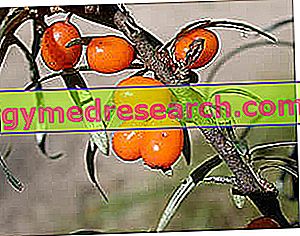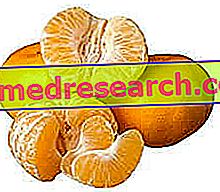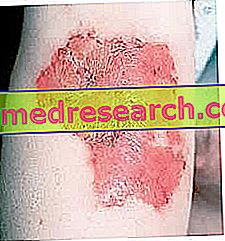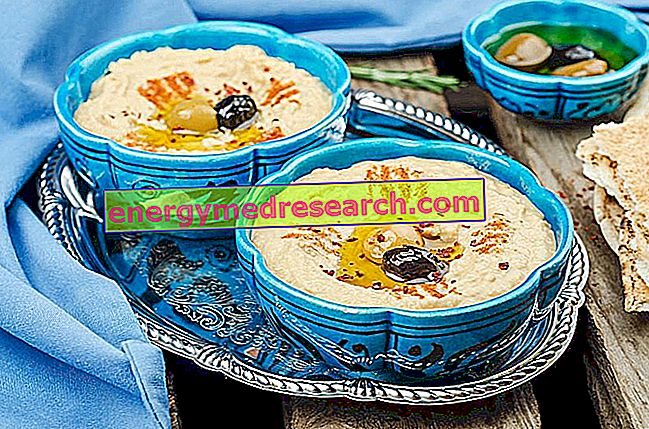Introduction
A champion of survival, the buckthorn, a shrub used in ancient times as an energy food for soldiers during wartime, and currently used in the most disparate areas (phytotherapic, food and cosmetic).

Even in ancient literature this strange fruit is mentioned, described as a good ingredient for preparing tasty sweet sauces to accompany salmon.
It is said that until the end of the 1980s, the harvesting of sea buckthorn fruits was very abundant, particularly in the Friulian and western alpine mountainous areas (no more than 1, 500 meters above sea level).
General description
The spread of the sea buckthorn ranges from the European Atlantic coasts to the northeast of China. In general, it is also distributed in Central Asia, preferring desert and hostile areas: this explains why the sea buckthorn is defined as a survival champion, dismantling the competition of other plants that are denied the possibility of growing and developing in lands similar. Nevertheless, the plant fears shaded areas and / or near trees.
Botanical analysis
Sea buckthorn is the major exponent of the genus Hippophae, belonging to the Eleagnaceae family: we are talking about a particularly branched thorny shrub, capable of reaching even 6 meters in height (in Asia we can observe some varieties that reach 10 meters ). The leaves are deciduous, alternate, covered with a fine down, and often wear a silvery dress, sometimes greenish-yellow. The rather small flowers appear discoid and yellowish. The sea buckthorn plants are dioecious shrubs: the plant does not present simultaneously female and male flowers, therefore, to obtain fruits, two different specimens are necessary.
The fruits grow grouped along the branches: they appear as an elongated olive, rather acidulous yet edible, and used in particular to prepare syrups.
The harvest of the fruits is sometimes problematic, due to the thorns that protrude from the branches: in this regard, the sea buckthorn has long been considered an ideal plant "for defense" for the construction of hedges.
Chemical and nutritional components
In herbal medicine, for the extraction of active ingredients and chemical components are used fruits, seeds and leaves of sea buckthorn. The oil extracted from the fruits constitutes a percentage that varies from 5 to 9% (of which 53% is represented by unsaturated fatty acids), based on the variety and quality of the olive. Organic acids include citric, malic, tartaric, oxalic and succinic. The fruits of sea buckthorn are a source of vitamin C (695 mg per 100 grams of product, much more abundant than that of citrus fruits), carotenoids and tocopherol. Among the other chemical molecules, the fruits cannot miss the flavonoids (140 mg per 100 g), the terpenes, sterols and pectins.
The leaves, on the other hand, are rich in triterpene molecules, catechinic and Gallic tannins. The essential oil extracted from the seeds is a source of unsaturated fatty acids, in particular linoleic (linolenic and oleic are found in halved quantities compared to linoleic). [chemical composition extracted from dictionary of phytotherapy and medicinal plants, by Enrica Capanini]
Property
In ancient times, the fruits of sea buckthorn were used in the field of popular medicine for laxative purposes, while the leaves and flowers seemed to act positively in the treatment of skin diseases, breathing difficulties, rheumatism and gout.
Nowadays, the sea buckthorn is widely used for its richness in vitamin C, which characterizes its phytotherapeutic use: it is estimated that a glass of juice obtained from these fruits can contain up to 33 mg of ascorbic acid, equal to amount calculated in a fresh orange juice.
Not by chance, the fruits of sea buckthorn are widely used for the remineralizing and tonic properties; for the same reason, the plant is also used in the treatment of immune deficiencies, in the prevention of infectious diseases, in states of loss of appetite and fatigue.
Vitamin C promotes wound healing: not surprisingly, sea buckthorn juice is also recommended in the post-operative period.
The antioxidant virtues of vitamin C are enhanced by the synergistic action of beta carotene and vitamin E.
For external use, the fruits of sea buckthorn are used for their marked astringent and anti-inflammatory properties, in the treatment of gingival phlogosis and oral mucosa in general.
The importance of sea buckthorn does not stop only with the conspicuous quantity of vitamin C: the plant, in fact, also boasts healing, anti-inflammatory, capillarotropic and anti-peroxidative properties, while the mother tincture of leaves and young branches is used in the treatment of slight forms of enteritis.
In light of recent studies, additional and interesting properties have emerged that can be ascribed to sea buckthorn: the skin that covers the fruits is made up of a lipidic fraction implicated in the healing action of the gastric mucosa. This property was amply demonstrated on animal models: the skins of the buckthorn have the potential to reduce the proteolytic action of the acid proteases located near the gastric mucosa. The healing activity is strengthened by the co-presence of flavonoids, molecules which are also responsible for the anti-inflammatory and capillarotropic activity.
Furthermore, the flavonoids contained in leaves and fruits of sea buckthorn boast anti-peroxidative activity, able to ensure the protection of membranes from damage induced by lipid oxidation. [from Enrica Campanini's dictionary of phytotherapy and medicinal plants ]
Toxicology
Fortunately, the sea buckthorn is not listed as a potentially toxic plant, except - clearly - for particularly sensitive individuals.
In the case of kidney stones, the consumption of fruits or derivatives based on sea buckthorn is not recommended: in fact, vitamin C can favor the excretion of oxalates (see diet and kidney stones).
Sea Buckthorn in a nutshell »



